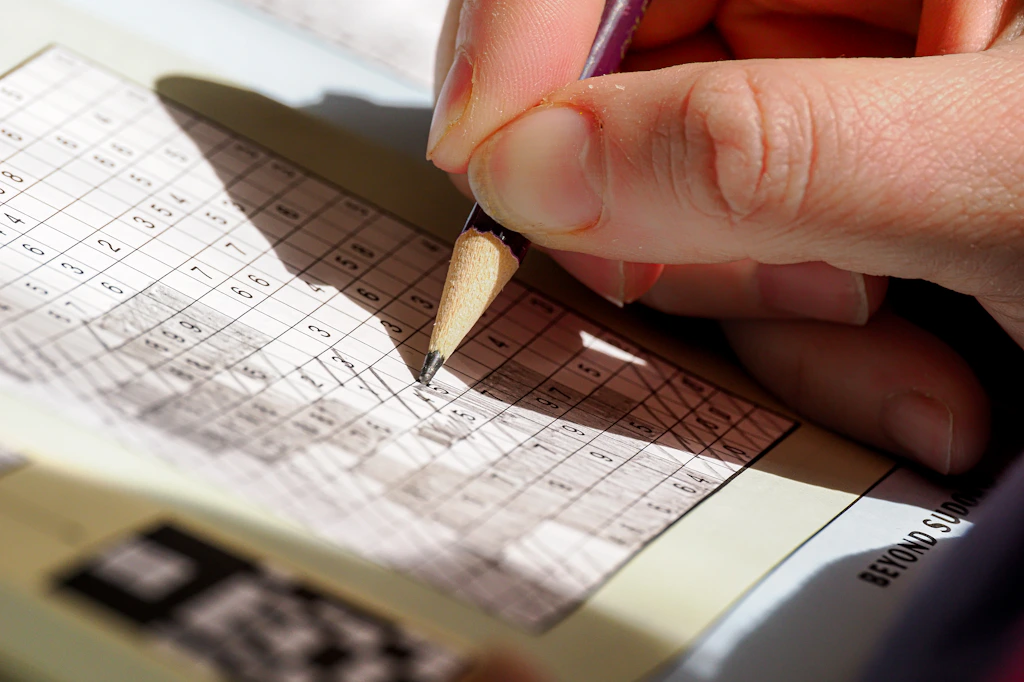Presenting your paper orally can be both exciting and nerve-wracking. An effective presentation not only communicates your ideas clearly but also captivates your audience and demonstrates your expertise. Success lies in thorough preparation, strong organization, and confident delivery.
In this guide, we’ll explore practical strategies to help you prepare for and deliver an impactful oral presentation of your paper.
1. Understand Your Audience
Before preparing your presentation, consider who will be listening. Are they classmates, professors, or professionals in your field? Tailoring your content to their level of knowledge and interests ensures engagement and relevance.
Tips for Audience Analysis:
- Use simple explanations for general audiences.
- Include technical details and in-depth analysis for specialized audiences.
- Anticipate potential questions based on the audience’s background.
2. Structure Your Presentation
A well-organized presentation makes it easier for your audience to follow your ideas. Use a clear structure to guide listeners through your argument.
Suggested Presentation Structure:
- Introduction (2–3 minutes):
- Greet your audience and introduce yourself.
- State the topic and purpose of your presentation.
- Provide a brief outline of your main points.
- Body (5–10 minutes):
- Present your key arguments or findings, one at a time.
- Use evidence from your paper to support your points.
- Incorporate visuals, examples, or anecdotes to illustrate ideas.
- Conclusion (2–3 minutes):
- Summarize your main arguments.
- Reinforce your thesis or central message.
- End with a memorable statement or call to action.
Tip: Time yourself while practicing to ensure you stay within the allotted timeframe.
3. Simplify Complex Ideas
Academic papers often contain detailed arguments and technical terms, but oral presentations require simplicity and clarity. Focus on the most important points, and avoid overwhelming your audience with excessive detail.
How to Simplify Content:
- Use bullet points to summarize key arguments.
- Explain technical terms briefly and clearly.
- Focus on “big-picture” insights rather than exhaustive data.
Example: Instead of presenting every statistic from your research, highlight the most impactful findings and explain why they matter.
4. Use Visual Aids Wisely
Visual aids like slides, charts, and graphs can enhance your presentation by providing a visual representation of your ideas. However, they should complement—not distract from—your speech.
Best Practices for Visual Aids:
- Keep slides simple and uncluttered (one main idea per slide).
- Use charts or graphs to summarize complex data.
- Avoid overloading slides with text—use keywords or short phrases.
- Choose professional fonts and colors for readability.
Tip: Tools like PowerPoint, Canva, or Google Slides can help you create visually appealing presentations.
5. Practice, Practice, Practice
Rehearsing your presentation is essential for building confidence and refining your delivery. Practice allows you to identify weak points and improve your pacing and tone.
Effective Practice Strategies:
- Rehearse in front of a mirror to observe your body language.
- Record yourself and review the video for clarity and timing.
- Present to friends, family, or classmates for feedback.
Tip: If you’re pressed for time, buying papers online can help refine your content, allowing you to focus on practicing the delivery.
6. Engage Your Audience
An engaging presentation keeps your audience attentive and interested. Use techniques to connect with listeners and invite participation.
Audience Engagement Techniques:
- Ask rhetorical questions to encourage thought.
- Share relatable examples or anecdotes.
- Use appropriate humor to lighten the mood.
- Make eye contact with different sections of the audience.
7. Anticipate Questions
Prepare for a Q&A session by anticipating possible questions about your paper. Understanding your topic thoroughly ensures you can answer confidently.
How to Prepare for Questions:
- Review your paper’s main arguments, evidence, and methodology.
- Think about potential critiques or alternate perspectives.
- Practice answering questions with concise, clear responses.
Tip: If buying papers online for reference, use those materials to identify common questions or gaps in understanding that you should address.
8. Manage Presentation Anxiety
Nervousness is normal, but preparation and mindfulness can help you stay calm and focused.
Tips to Reduce Anxiety:
- Practice deep breathing before stepping onto the stage.
- Visualize a successful presentation.
- Focus on sharing your knowledge rather than seeking perfection.
Tip: Arrive early to familiarize yourself with the presentation space and technology.
9. Prepare a Strong Conclusion
A memorable conclusion reinforces your main message and leaves a lasting impression. Summarize your key points and offer a final thought or call to action.
Examples of Strong Conclusions:
- Summary Statement: “In conclusion, my findings highlight the importance of balancing innovation with ethical considerations in AI development.”
- Call to Action: “Let’s use this research to create policies that ensure technology benefits everyone.”
10. Test Your Technology
Technical difficulties can disrupt even the best presentations. Test all equipment beforehand to ensure smooth delivery.
Checklist for Technology:
- Ensure your laptop or USB is compatible with the presentation system.
- Test microphones, projectors, and clickers.
- Have a backup plan (e.g., printed slides or a second USB).
Conclusion: Delivering with Confidence
Preparing for an oral presentation requires time, effort, and practice, but the results are worth it. By understanding your audience, organizing your content, and practicing thoroughly, you can deliver a presentation that informs, engages, and impresses.
If you’re pressed for time or need help refining your content, consider buying papers online from reputable services. They can provide clear, well-researched material to use as a foundation for your presentation. With these strategies, you’ll be ready to deliver your paper with clarity and confidence.
Start preparing today, and make your next presentation a memorable success!





